The Survivors’ Flag
About the Survivors Flag
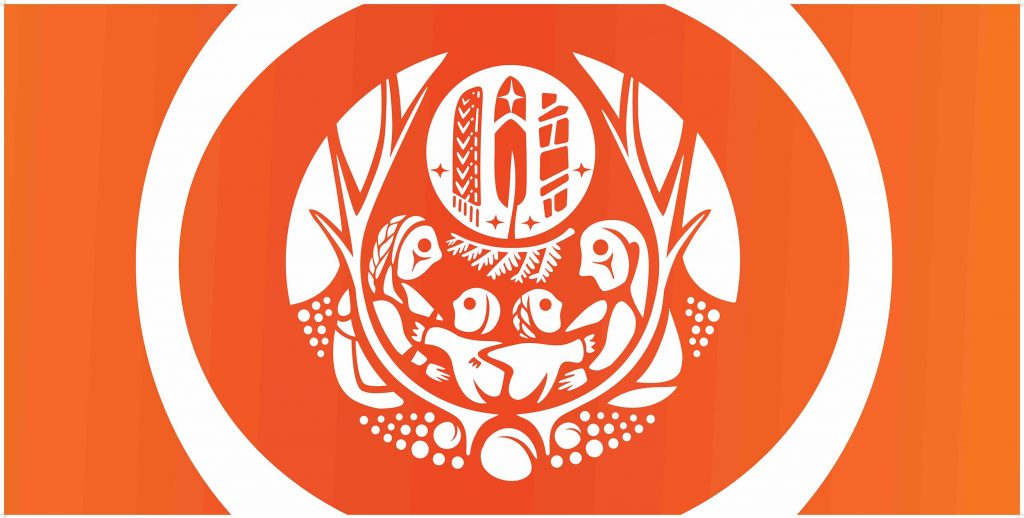
The Survivors’ Flag is an expression of remembrance, meant to honour residential school Survivors and all the lives and communities impacted by the residential school system in Canada. Each element depicted on the flag was carefully selected by Survivors from across Canada, who were consulted in the flag’s creation.
If you would like to learn more, please refer to the Frequently Asked Questions section.
Elements of the Flag
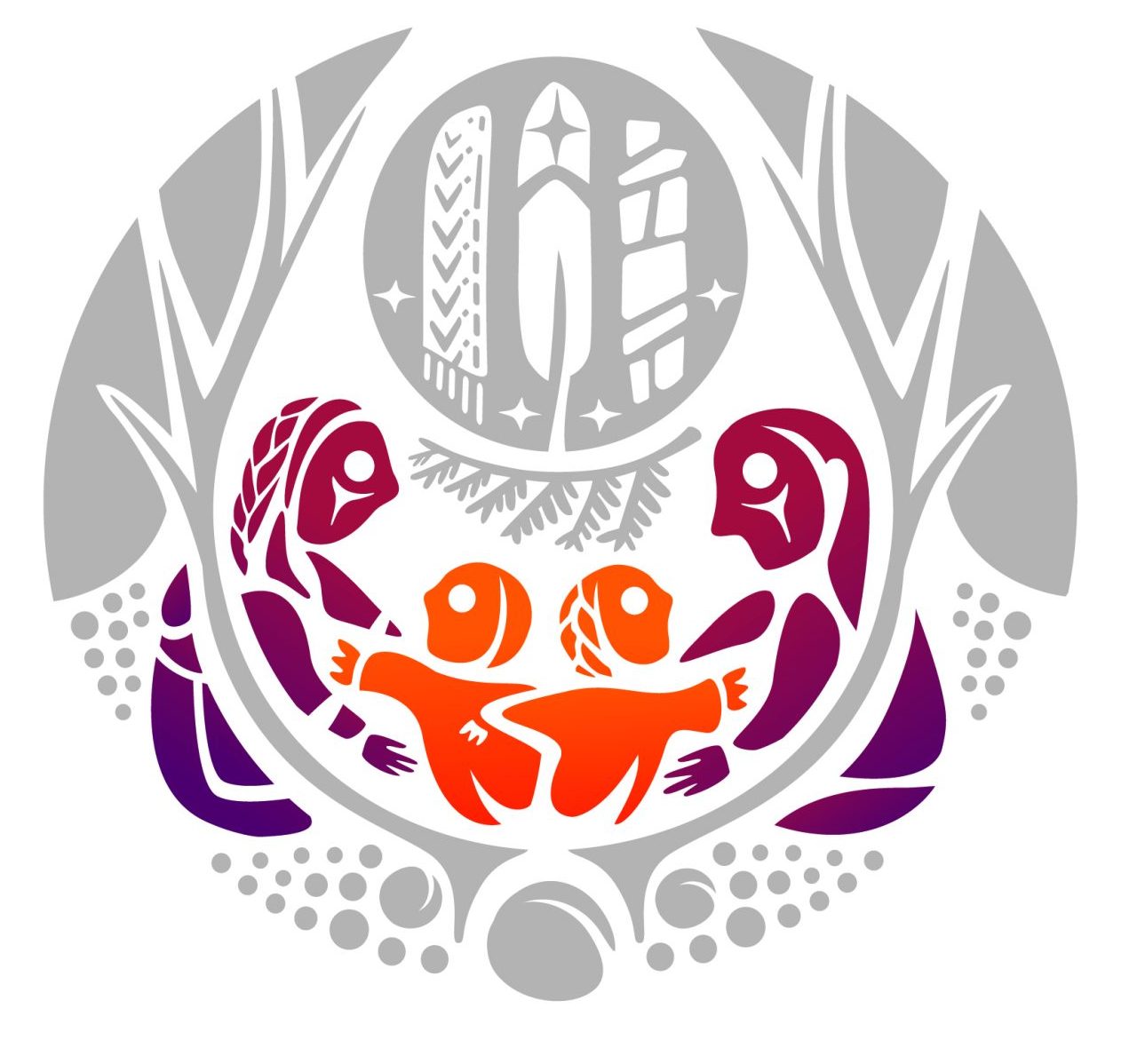
The Family
Some saw the adults as our ancestors watching over us; others saw these as parents signifying whole families ripped apart and also reuniting to represent healing.
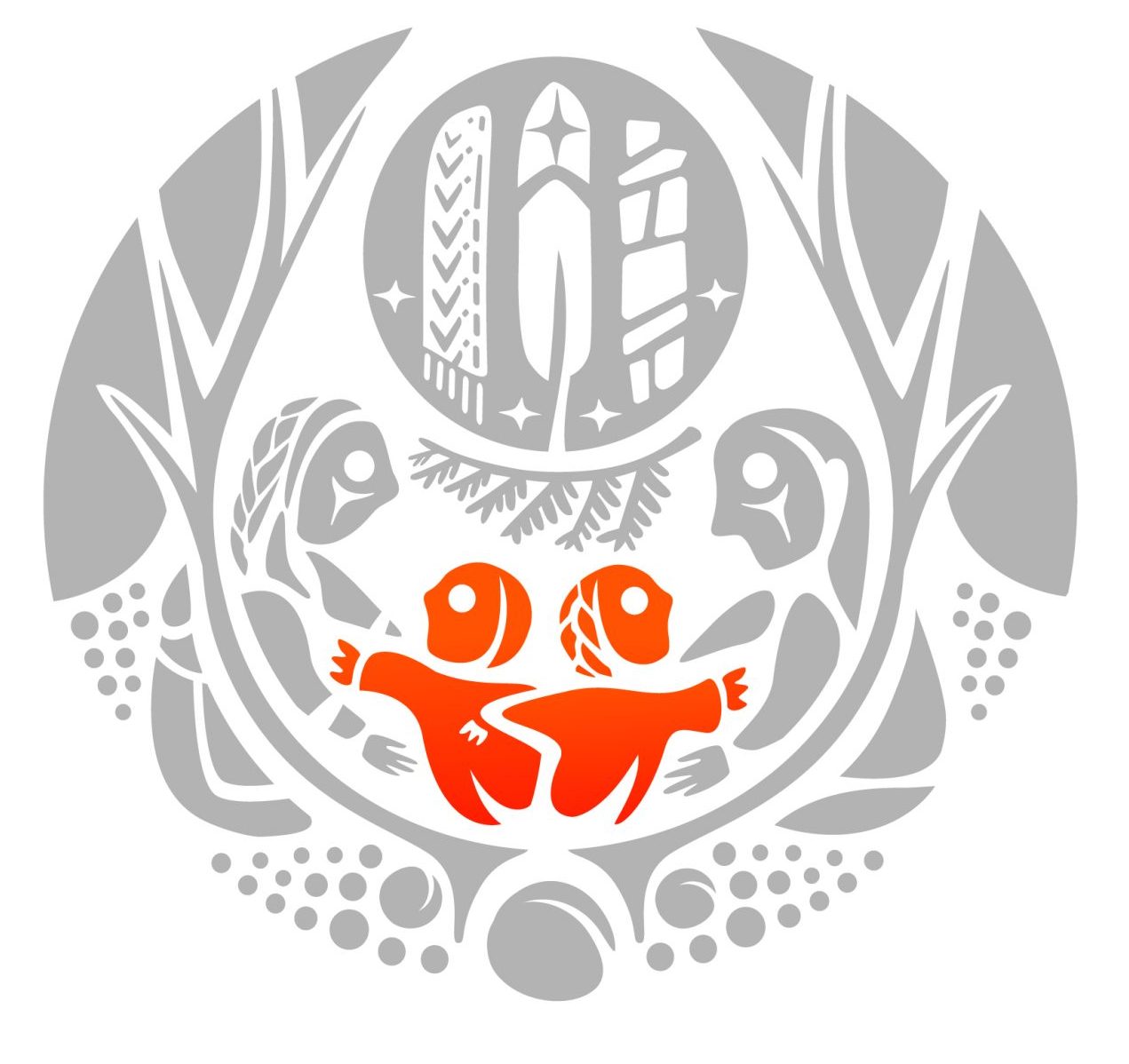
The Children
More than one child is depicted in the design as often whole sibling groups were taken from their parents, younger siblings, grandparents, and community.

The Seeds Below Ground
Represent the spirits of the children who never returned home. Although they have always been present, they are now seen and searched for.
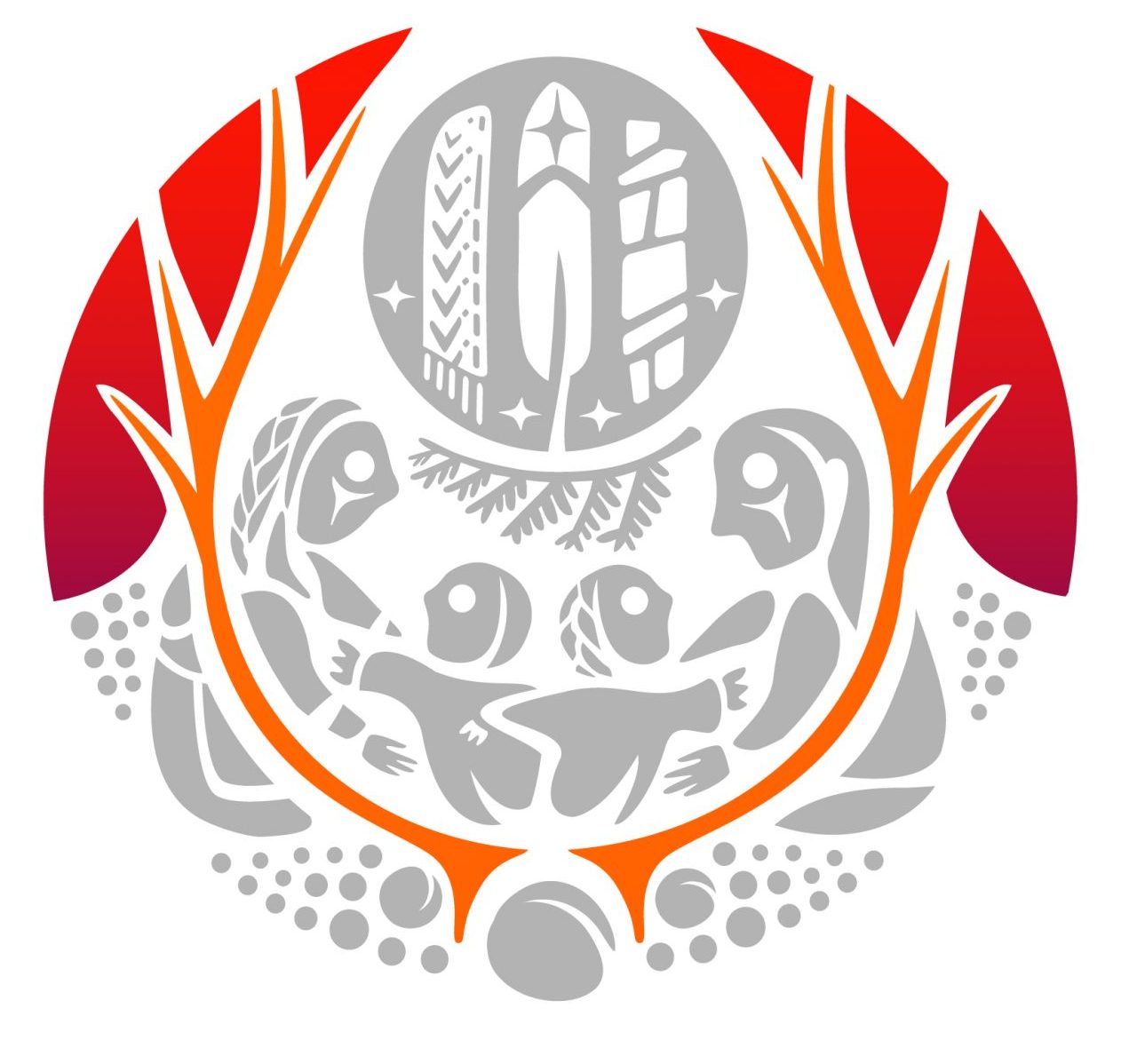
Tree of Peace
Haudenosaunee symbol of how nations were united and brought to peace, which in turn, provides protection, comfort and renewal.
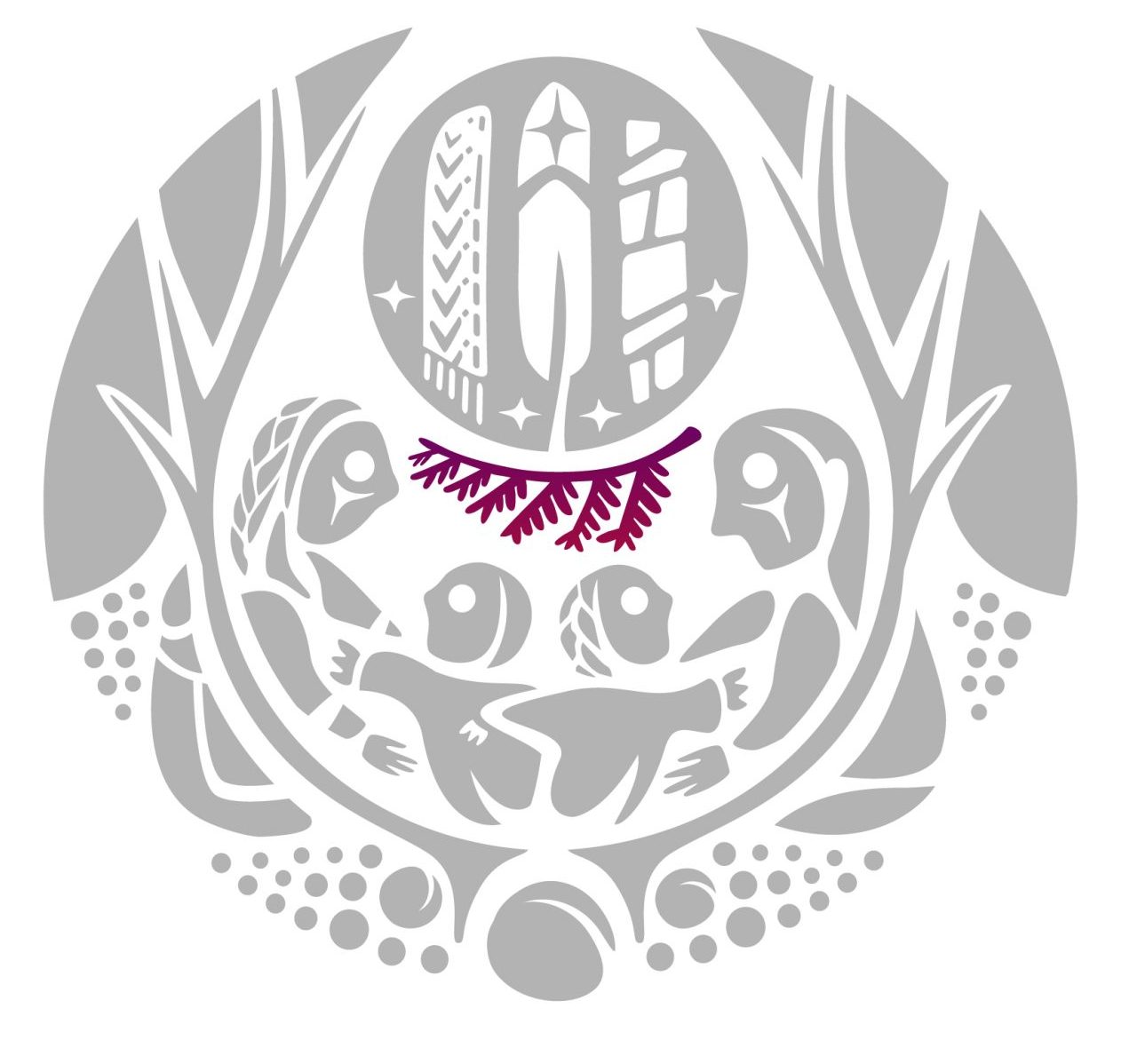
Cedar Branch
Sacred medicine that represents protection and healing, but also what is used by some Indigenous cultures when one enters the physical world and then again when they pass on to the next (i.e. medicine bath). The seven branches acknowledges the seven sacred teachings taught in many Indigenous cultures.
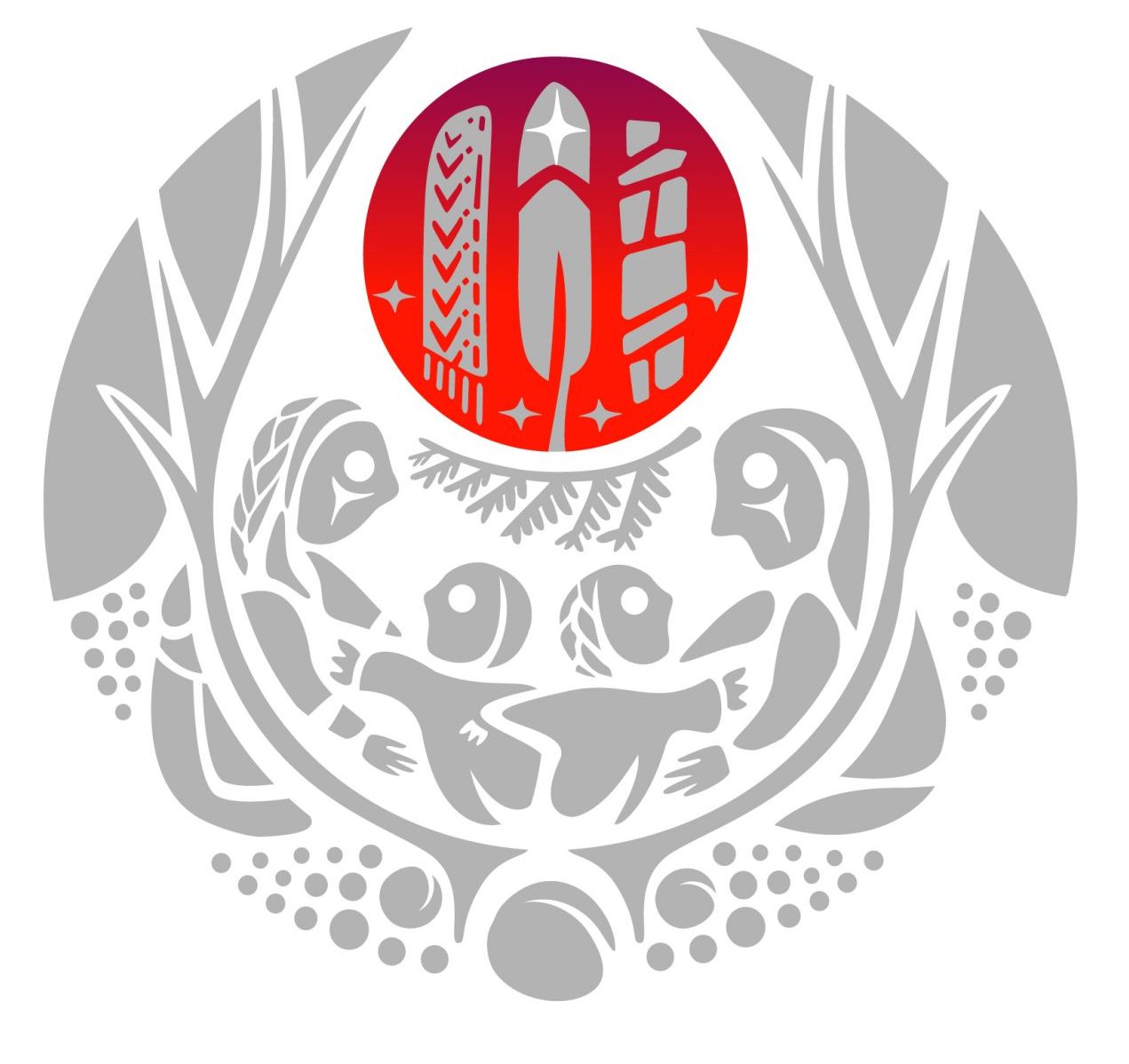
Cosmic Symbolism
Represents Sun, Moon, Stars and Planets. The Sun represents the divine protection that ensure those who survived came home. The North Star is prominent as it is an important navigation guide for many Indigenous cultures.

The Métis Sash
The Sash is a prominent ceremonial regalia worn with pride. Certain colours of thread represent lives that were lost, while others signal connectedness as humans and resilience through trauma. All the threads woven together spell out part of history, but no single thread defines the whole story.
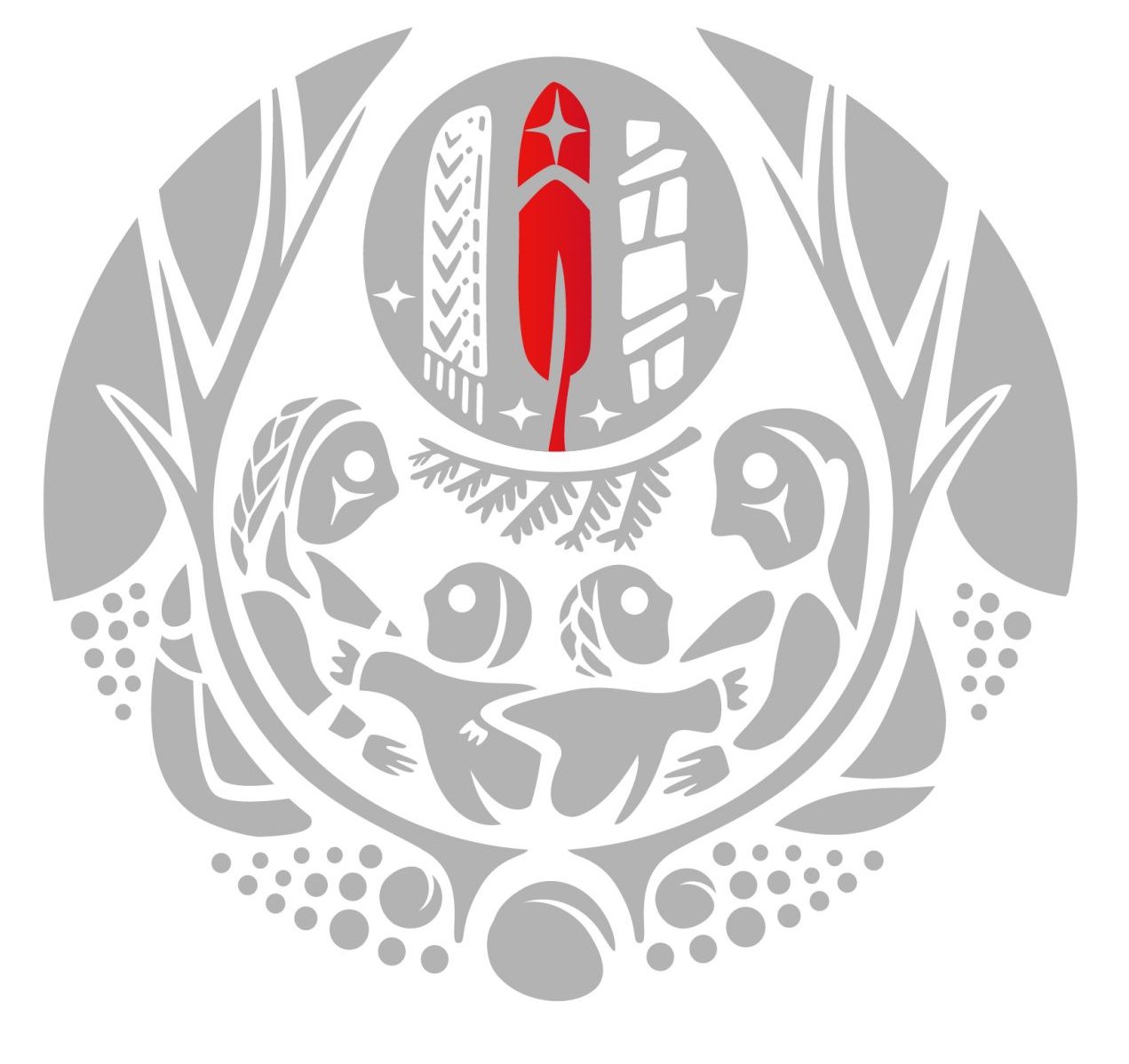
The Eagle Feather
The Eagle Feather represents that the Creator’s spirit is among us. It is depicting pointing upwards which mirrors how it is held when one speaks their Truth.

The Inuksuit
Inuksuit are used as navigational guides for Inuit people and link to tradition.
Survivors speak on the significance of the flag
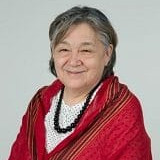
The Honourable Levinia Brown
This project came about at a time when the grief Survivors carried, as well as that of the families of those who were lost, came back to the surface. The news that children lay in unmarked graves was not unimagineable to us as Survivors because our memories of these schools are marked by abuse, pain, neglect and profound loss. It was important that the design show the missing children are present because there is much work ahead of us and their memory must also be part of that work.
The Honourable Levinia Brown, Inuk Survivor who attended Chesterfield Inlet Residential School
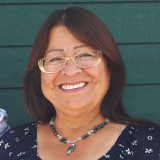
Dorene Bernard
Survivors experienced horrific atrocities while prisoners in these institutions. It is important that this image show the love and strength that colonialism tried to steal from us. Despite genocide, we are still here – still fighting for justice and restitution, as true Warriors.
Dorene Bernard, Mi’kmaq Survivor who attended Shubenacadie Residential School
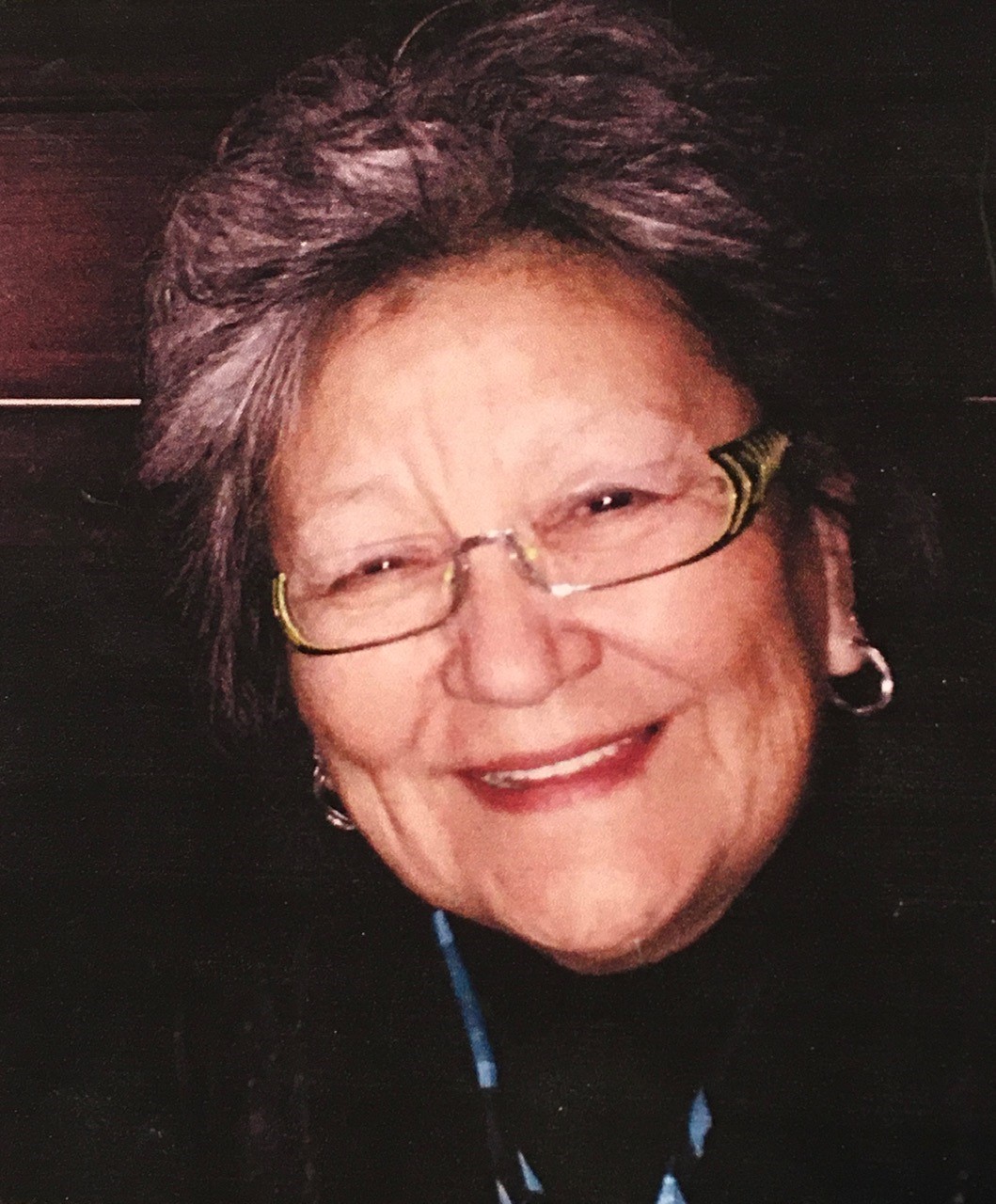
Janet Longclaws
It was important to include more than one child in the design as often whole sibling groups were taken from their parents, younger siblings, grandparents, and community. The whole family unit was harmed by this system in different ways. This image rewrites our future – it is about hope, healing and family reunification.
Janet Longclaws, Ojibway & Dakota Survivor who attended Brandon Residential School
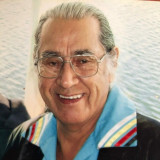
Albert D. Marshall Sr.
All of creation is rich in symbolism and teachings. For example, the rainbow represents the bridge between the physical and spiritual realm and embodies seven sacred colours which represent our seven sacred teachings. We are at a time when people are trying to speed up reconciliation, but our teachings and our ways of healing are tied the very land that was taken away from us. This design, for me, had to incorporate creation and it had to tell our story. We as Indigenous peoples have to be given opportunities to draft our new narrative as part of the reconciliation process.
Albert D. Marshall Sr., Mi’kmaq Survivor who attended Shubenacadie Residential School
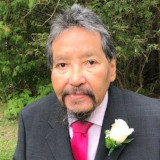
Garnet Angeconeb
SAs Survivors we have carried the memories of our fellow students who died at residential schools for entire lifetimes. We now acknowledge these little ones woke up the Nation. What is our responsibility to these children now and how do we prevent the world from falling asleep again? Their inclusion in the design not only acknowledges the memory of them, but also reminds others never to forget them.
Garnet Angeconeb, Ojibway Survivor who attended Pelican Residential School
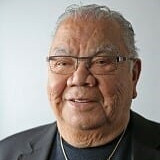
Barney Williams
Cedar has significant meaning for Indigenous peoples and is used in our ceremonies for healing and protection. Here the Cedar Branch rests above the heads of the children and has seven branches representing seven sacred teachings held by many Indigenous cultures. As a West Coast Survivor, it was important to show the important role our culture and teachings have in healing our Nations.
Barney Williams, Nuu-chah-nulth Survivor who attended Alberni Residential School
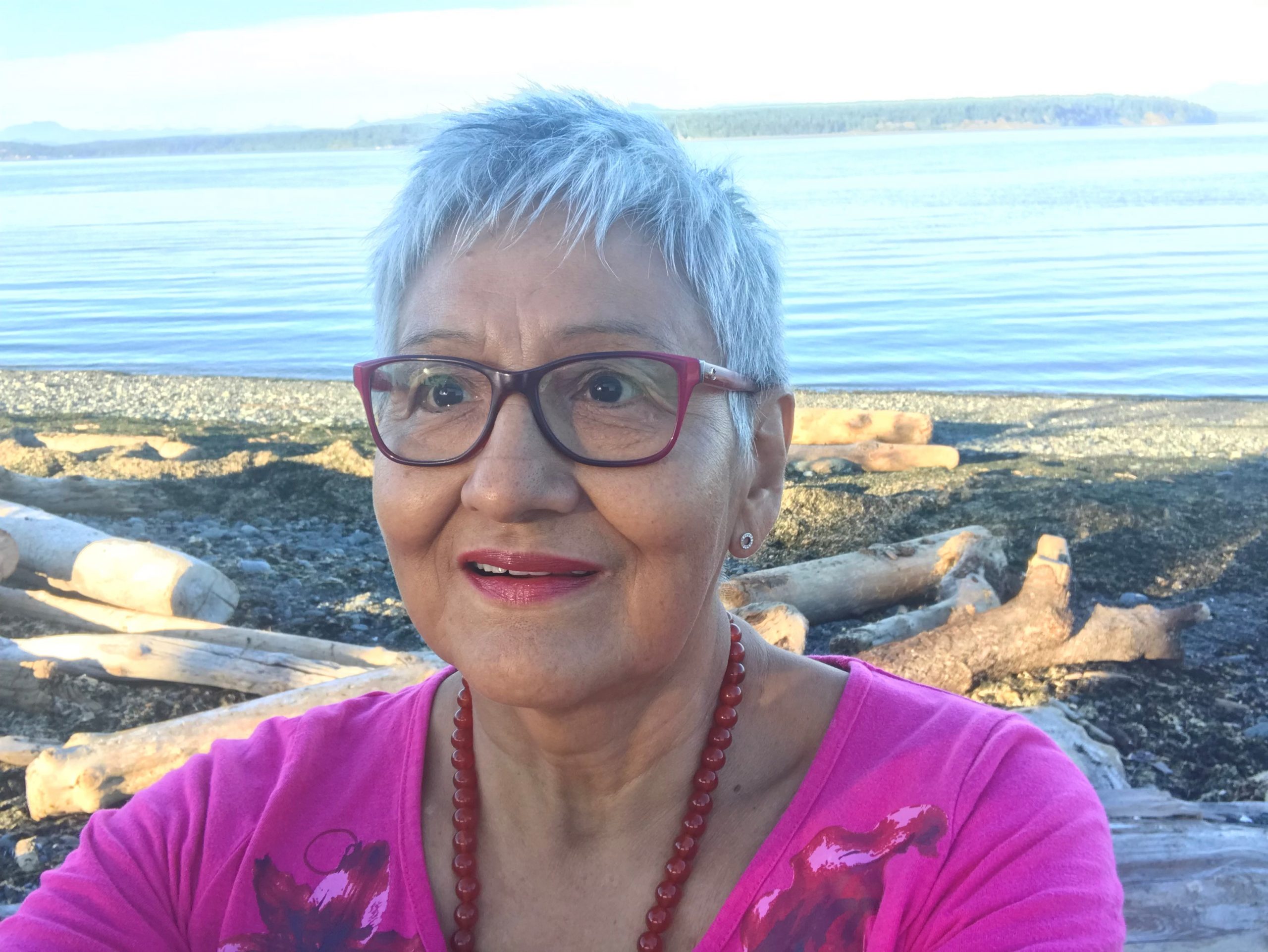
Kukdookaa Terri Brown
I would look at the night sky and wonder if my Mother and family could see the same stars. I felt connected to them as I prayed to go home and I sent my love through the stars. It is important that the design tell our stories as Survivors, including things that we drew strength and comfort from.
Kukdookaa Terri Brown, Tahltan Nation, attended Yukon Hall and Coudert Residence
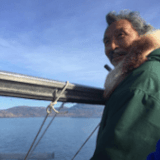
Jack Anawak
For thousands of years, Inuit used inuksuit as markers for survival and the North Star for navigation. Their inclusion in this design carries this meaning – that our culture withstood colonial onslaught and our traditional ways will continue to guide us.
Jack Anawak, Inuk Survivor who attended Chesterfield Inlet Residential School

Jimmy Durocher
The colours of the Métis sash is rich with meaning – certain colours represent the lives that were lost, and others represent our connectedness as humans as well as our resilience through trauma. The black thread representing colonialism is small compared to the rest of the sash. It part of my history, but not my whole story. That is the message as Survivors that I hope comes across in this design.
Jimmy Durocher, Métis Survivor who attended Île-à-la-Crosse Boarding School in Northern Saskatchewan
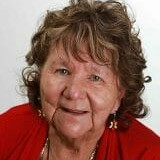
Phyllis Googoo
In our culture, the Eagle was given the responsibility of carrying our prayers from the physical to the spiritual realm where the Creator and our ancestors reside. When we hold an Eagle Feather, it causes the Creator to take notice. The Eagle Feather is often depicted pointing downward, but here it points upward as it often did when Survivors held it to speak their Truth during the Truth and Reconciliation Commission.
Phyllis Googoo, Mi’kmaq Survivor who attended Shubenacadie Residential School
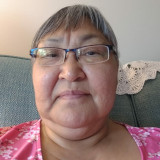
Tagaaq Evaluardjuk-Palmer
I was part of the last generation born and raised on the traditional lands of the Inuit before forced relocation into mainstream communities. Inuit children were further relocated and placed in residential schools in regions throughout Canada. Many are not familiar with how Inuit lives were impacted by residential schools, so it was important to see ourselves in an image that honours our Truth as Survivors.Tagaaq Evaluardjuk-Palmer, Inuk Survivor who attended Churchill Residential School

Edna Elias
I was delighted to be asked to be part of a national collaboration of Survivors for this project. It is not only important that this design reflect that Inuit were also impacted by the residential school system, but the symbolism of our culture a reminder of the very thing we Inuit Survivors have fought to preserve for our future generations.
Edna Elias, Inuk Survivor who attended Stringer Hall Residential School

Eugene Arcand
On the flag, there is an incomplete circle that surrounds this image much in the same way that there are still many Truths to be told before we come close to understanding the impact residential schools had on Survivors, communities and the entire nation. And there is a story yet to be told. We are at a point in time where we have to ask ourselves how we want our future generations to see what actions we have taken towards healing and reconciliation.
Eugene Arcand, Cree Survivor who attended St. Michael’s Residential School
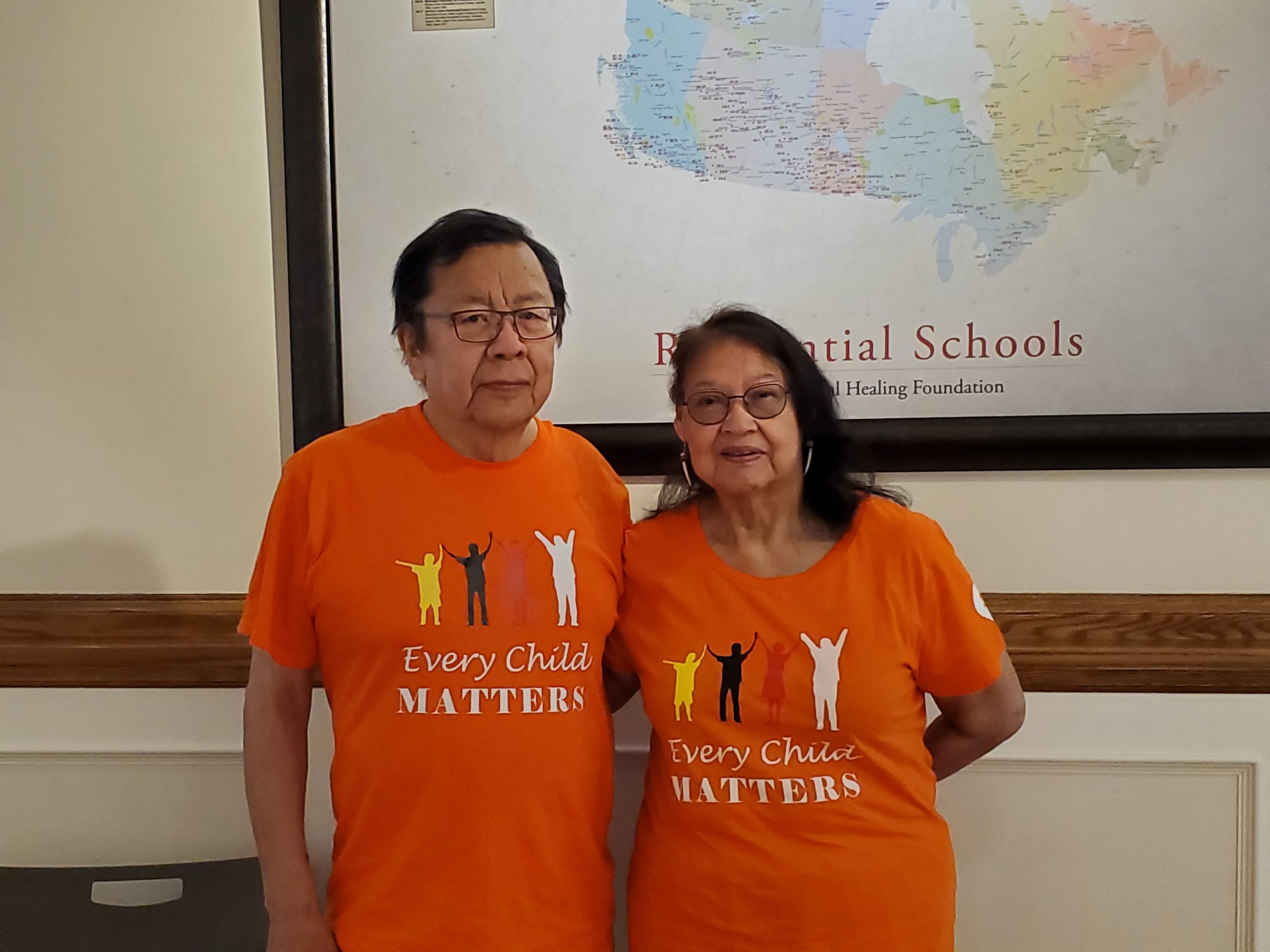
Elder Florence Paynter
In our Anishinaabe culture, Cedar is the medicine we were bathed in when we enter this world. It is also used when one leaves to the spirit world. In this way, it represents the beginning and completion of this journey here on earth.Elder Florence Paynter, Ojibway Survivor who attended Sandy Bay Residential School

Elder Philip Paynter
One cannot heal in the same environment where trauma occurred, so healing for residential school Survivors requires removal of the colonial and systemic oppression that was designed to steal our language, ceremonies and ways of knowing. It is through the teachings our Elders fought to preserve where I found healing. This flag shows us a path forward where our culture and values are no longer hidden.
Elder Philip Paynter, Cree Survivor who attended Sandy Bay Residential School
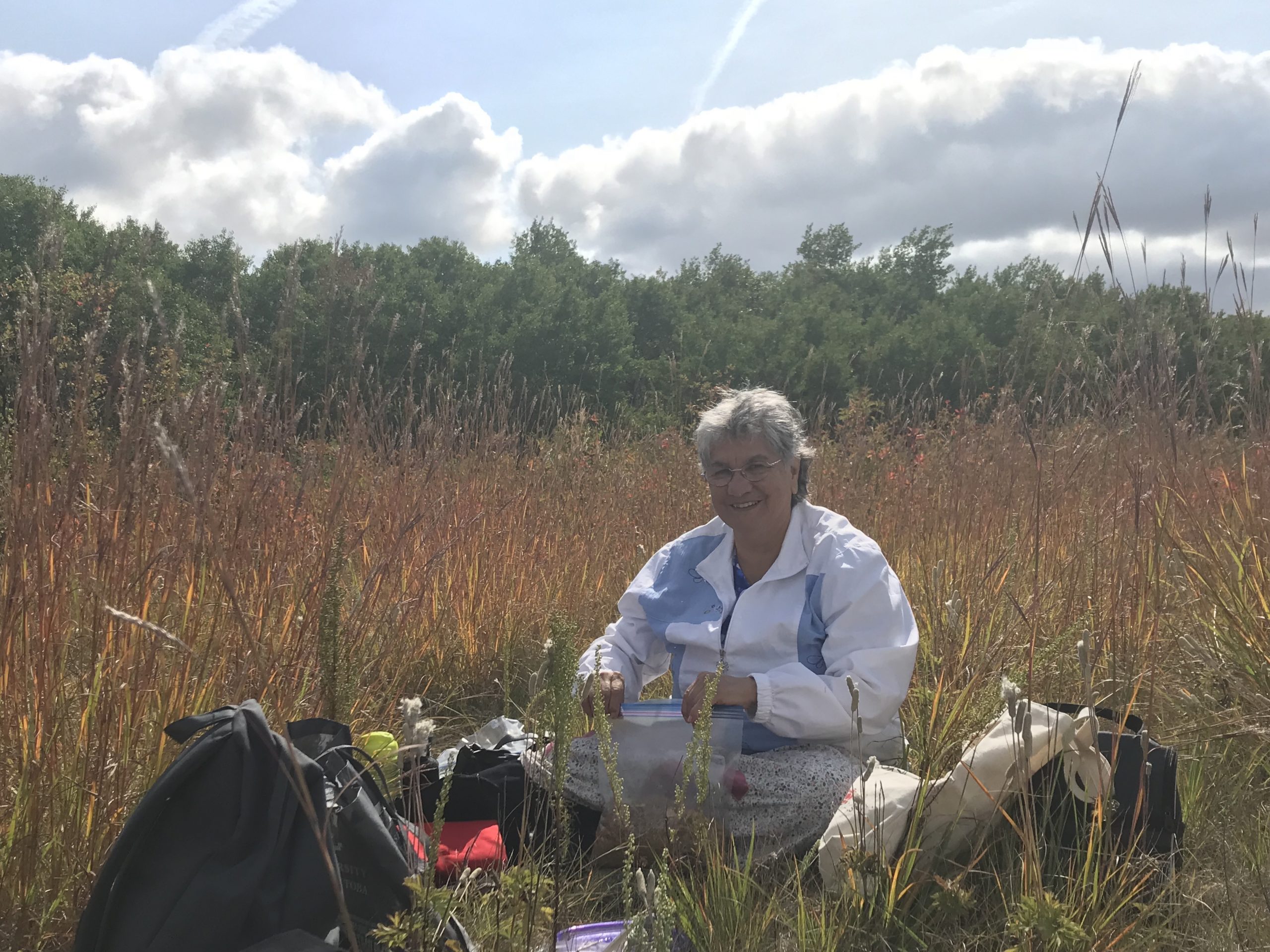
Sylvia Genaille
Parts of the design will speak to people in different ways, and that is okay because we will all relate to certain messages based on our experiences. For me, the seeds represent the spirits of the children – those who did not return home and those who survived what they went through as children. That is an important message – that we were children.
Sylvia Genaille, Ojibwe Survivor
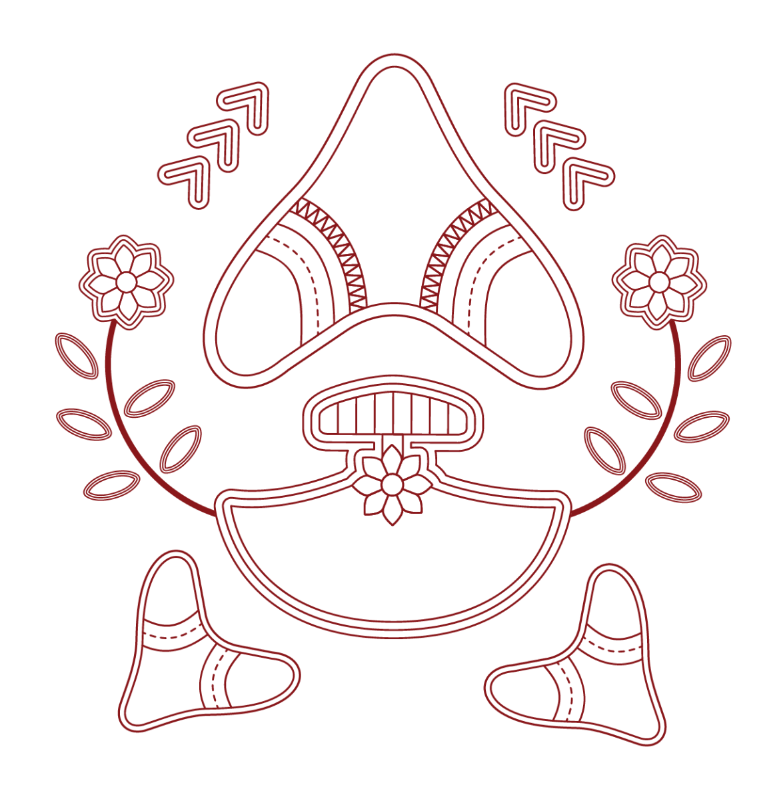
Arthur Steinhauer
Creating a flag in honour of Survivors and those who did not return is very special. For me, the design symbolizes remembrance, hope for family, love and peace. It is a beautiful reminder of where we’ve been and who we are, as well as the goal of wherewe should be headed.
Arthur Steinhauer, Cree Survivor who attended Blue Quills Residential School
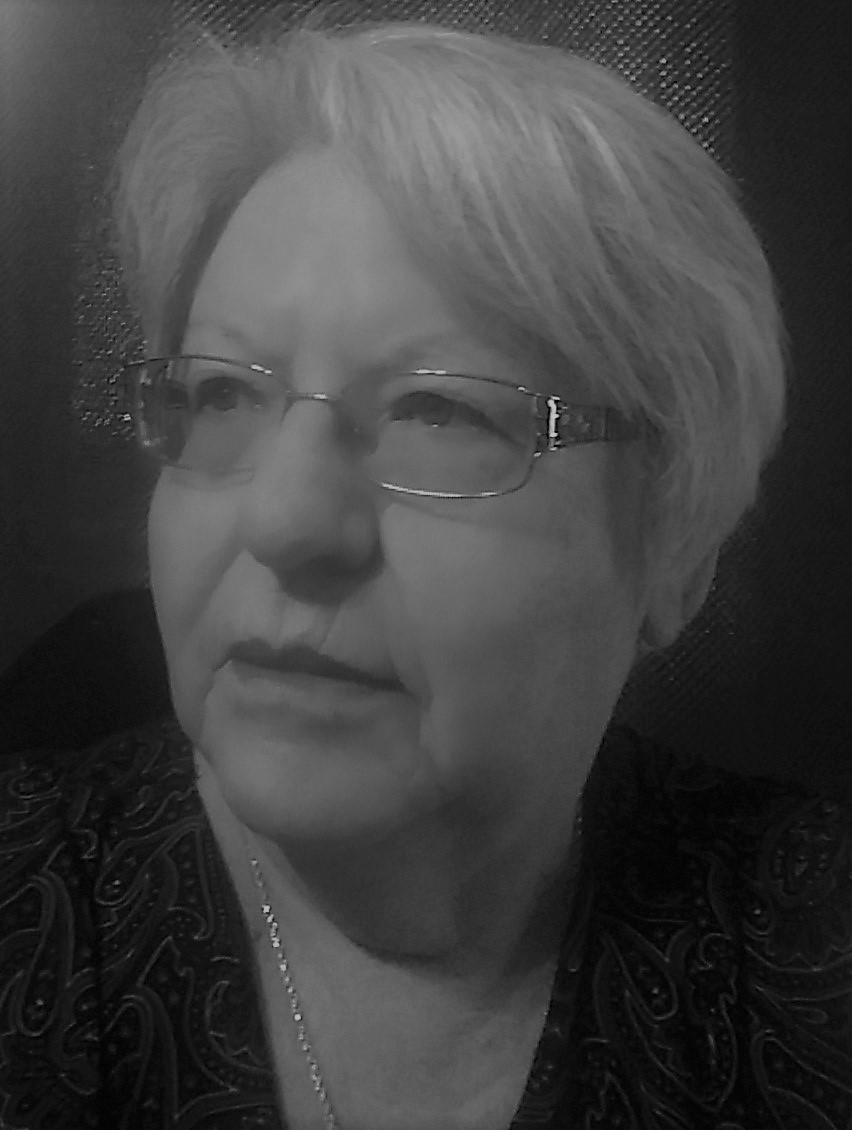
Dawn Hill
The Haudenosaunee Tree of Peace depicts the bringing together of the various Indigenous Nations across Canada as we remember the residential school children. We, as Survivors, can find some comfort and renewal, united in this common goal.
Dawn Hill, Mohawk Survivor who attended Mohawk Institute Residential School
Survivors who contributed to the flag concept and design
- AJ Felix, St. Michael’s IRS
- Albert D. Marshall Sr., Shubenacadie IRS
- Andrew Carrier, St. Boniface Industrial School
- Arthur Steinhauer, Blue Quills IRS
- Barney Williams, Christie IRS
- Dawn Hill, Mohawk Institute
- Dorene Bernard, Shudenacadie IRS
- Edna Elias, Stringer Hall
- Eugene Arcand, St. Michael’s IRS
- Florence Paynter, Sandy Bay IRS
- Garnet Angeconeb, Pelican Residential School
- Irma Pangborn, Camperville IRS/Assiniboia
- Jack Anawak, Chesterfield Inlet
- Janet Longclaws, Brandon IRS
- Jimmy Durocher, Ile-a-la-Cross Boarding School
- John Elliott, Mohawk Institute
-
>
- Levinia Brown, Chesterfield Inlet
- Lila Bruyere, St. Margaret’s Residential School
- Maata Evaluardjuk-Palmer, Churchill IRS
- Madeleine Basile, Pointe Bleue Residential School
- Philip Paynter, Sandy Bay IRS
- Phyllis Googoo, Shubenacadie IRS
- Phyllis Webstad, St. Joseph Mission (SJM) Residential School
- Richard Kistabish, Amos (Saint-Marc-de-Figuery) Residential School
- Richard Lightning, Ermineskin (Hobbema) IRS
- Roberta Hill, Mohawk Institute
- Roberta Mandamin, Cecilia Jeffrey
- Sherlene Bomberry, Mohawk Institute
- Sylvia Genaille, Various Schools
- Terri Brown, Yukon Hall/Coudert Residence
- Wanbdi Wakita, Birtle IRS
Frequently Asked Questions
Show Your Support for the Survivors
Visit our shop to purchase items that feature the Survivors’ Flag design.
NCTR’s spirit name – bezhig miigwan, meaning “one feather”.
Bezhig miigwan calls upon us to see each Survivor coming to the NCTR as a single eagle feather and to show those Survivors the same respect and attention an eagle feather deserves. It also teaches we are all in this together — we are all one, connected, and it is vital to work together to achieve reconciliation.
